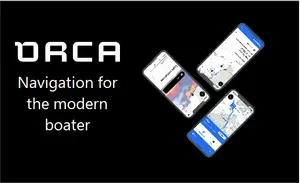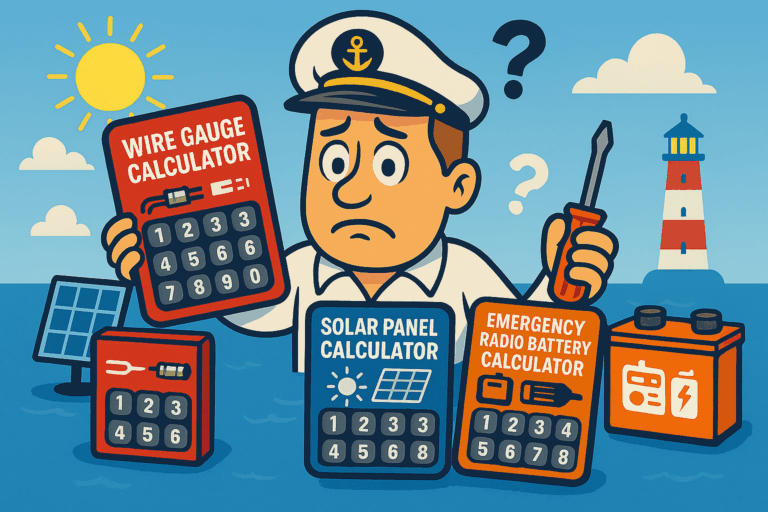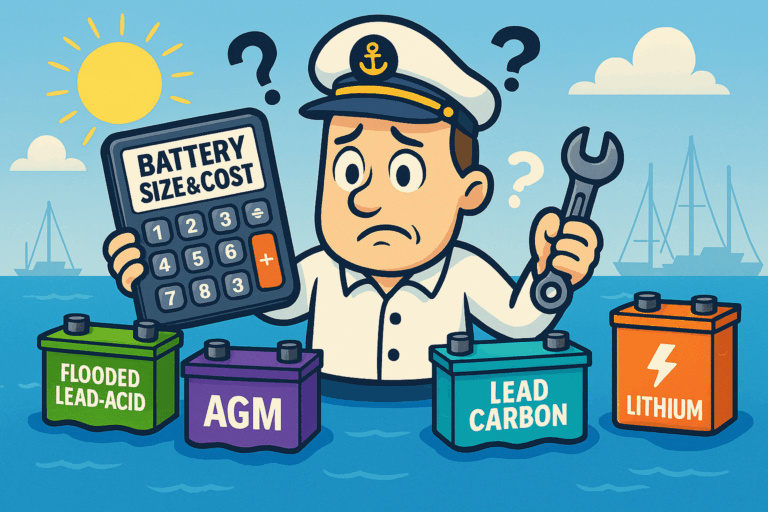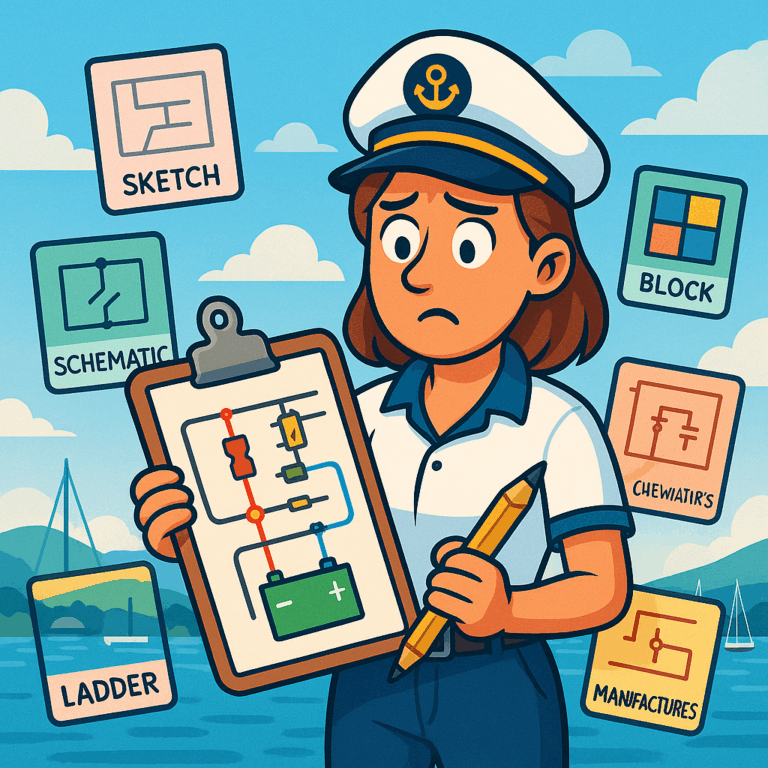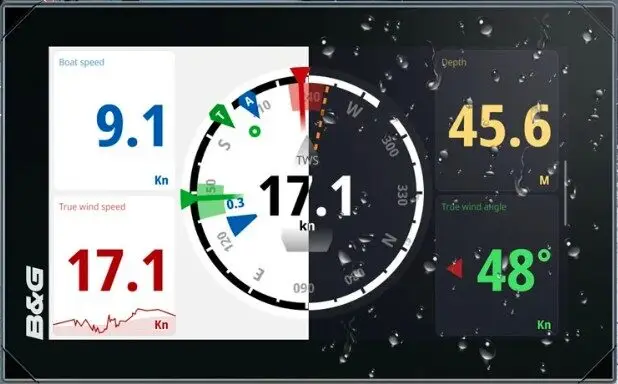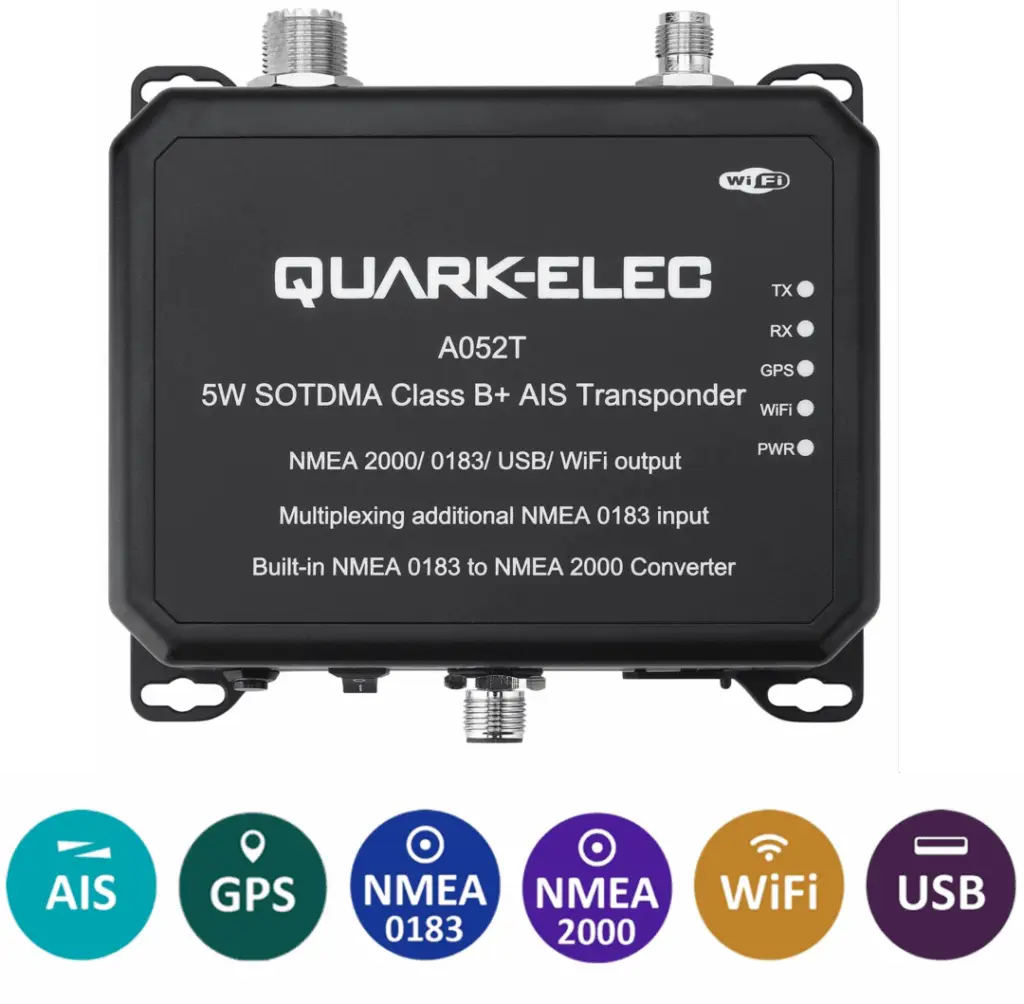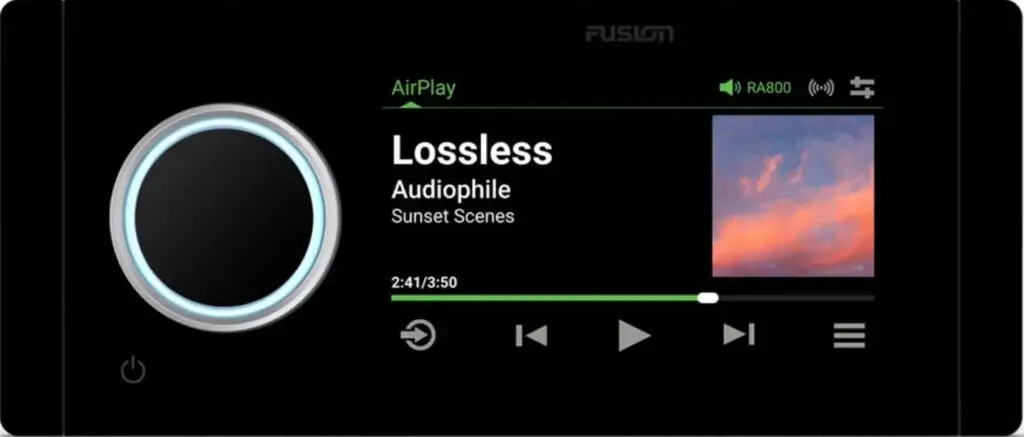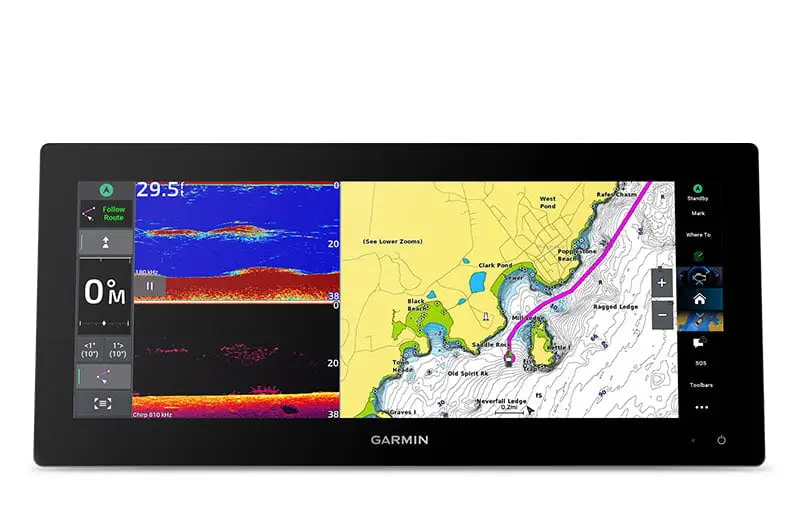Advice that You can Trust
How I can Help You
Learn from Articles and Tutorials
Latest Articles
Latest Industry News
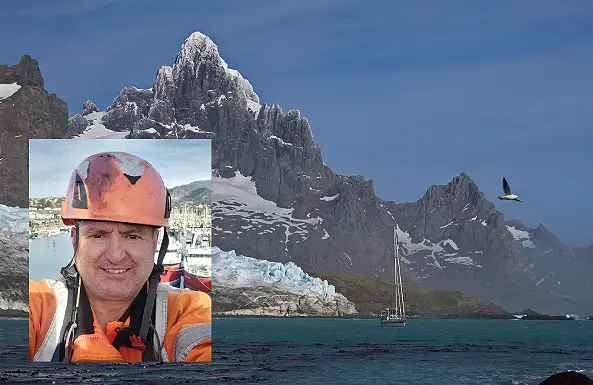
About TweedsMarine
Established in 2016, TweedsMarine is your trusted partner for marine electronics advice in Nelson, New Zealand. Founded by Christopher Harris, a marine electronics engineer with over 40 years of experience in telecommunications and the marine industry. TweedsMarine initially operated from Christchurch before relocating to Nelson in 2019. Followed by a hiatus during which Christopher honed his expertise at Endeavour Electronics Limited, based in Port Nelson, TweedsMarine was relaunched in June 2025 as an online hub dedicated to the marine electronics sector.
FAQ
Frequently Asked Questions
I get asked a lot of questions. The most common will be listed here.
VHF radio waves travel mostly line-of-sight. The higher the antenna, the farther the radio horizon and communication range. Raising antenna height significantly increases effective range.
DSC is a digital communication protocol integrated into many marine VHF radios that allows automated distress alerts with position data, routine calls, and safety messages. It enhances safety by enabling quick, precise emergency signalling.
- Use a clean, stable power supply with proper voltage (9-16 VDC for NMEA 2000).
- Use marine-grade wiring sized for load and length.
- Protect circuits with fuses or breakers near the battery.
- Avoid sharing circuits with high-draw devices.
- Consider power conditioning devices like isolated DC/DC converters.
- Use dielectric grease on connectors to prevent corrosion.
- Inspect and maintain cables and connections regularly.
- Label and document your network layout and power circuits.
NMEA 0183 is an older serial communication standard using ASCII text messages sent over twisted pairs, typically one talker to multiple listeners, with data rates around 4800 baud (or 38400 baud for AIS). It is simple, cost-effective, but limited in data rate and wiring complexity.
NMEA 2000 (N2k) is a modern CAN bus-based network allowing multiple devices to communicate simultaneously on a single backbone cable with T-connectors. It supports higher data rates, plug-and-play installation, and more complex data sharing.
Yes. Converter or gateway devices allow communication between NMEA 0183 and NMEA 2000 devices. These can be unidirectional or bidirectional and require proper installation and configuration to avoid data loops and network overload.
EPIRB: Emergency Position Indicating Radio Beacon for vessel distress signaling via satellite.
PLB: Personal Locator Beacon for individual use.
AIS SART: Search and Rescue Transponder that transmits location to nearby AIS-equipped vessels, useful for man overboard situations.

